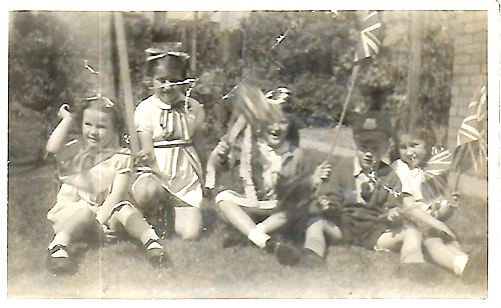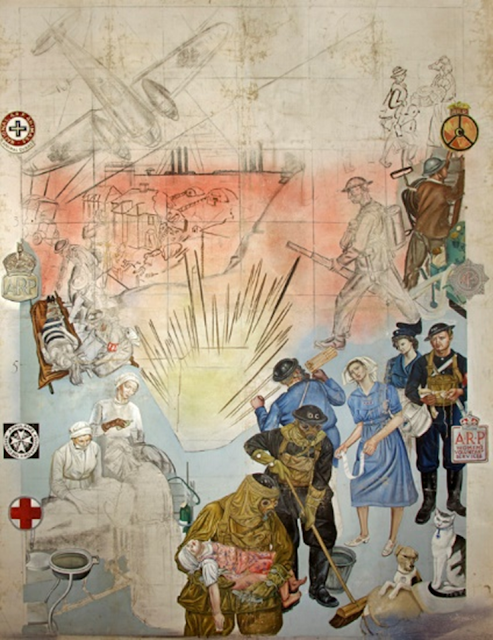Art UK's Sculpture Project and Newport Musuem and Art Gallery

Art UK’s Sculpture project and Newport Museum and Art Gallery Art UK serves a valuable purpose and allows small galleries with limited space but important interesting works of art to allow the public to see the collections. Newport Museum and Art Gallery was the pilot collection for Wales. The sculpture project coordinator for Wales was Andrew Deathe. The Sculpture project photographer was Rolant Dafis, an independent photographer with over 20 years’ experience. The UK has become the first country in the world to create a free-to-access online photographic showcase of its publicly owned sculpture . The first records began appearing on Art UK in early 2019. Prior to the project, many of these works were without records, images or online access, and many public monuments are not fully recorded and are at risk. The three-year project focused on sculpture dating from the last 1,000 years, held in public collections and outdoor locations across the UK. The n...






